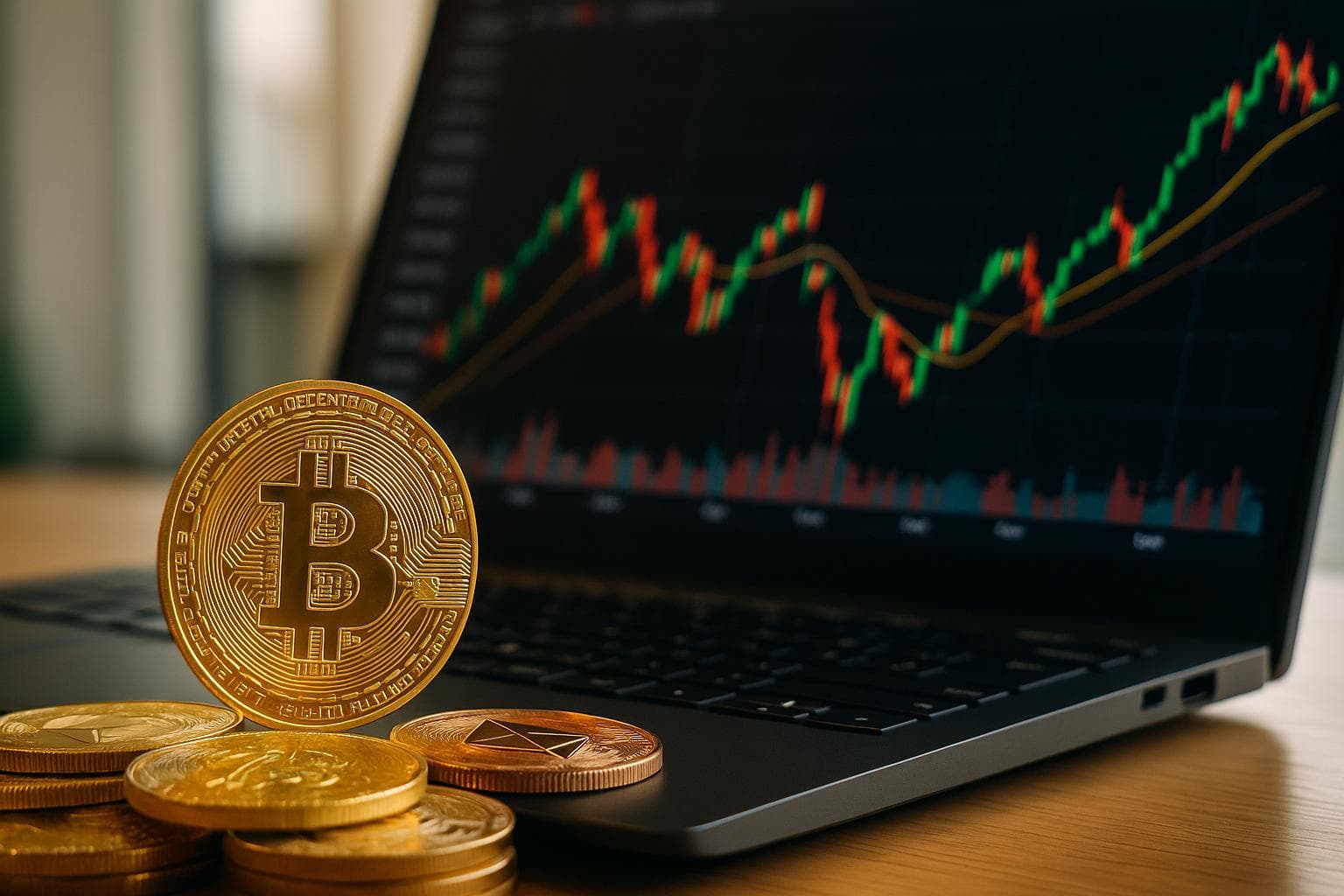The Quiet Boom Behind a New Asset Class
A quiet revolution is taking place at the crossroads of crypto and traditional finance. Over the past month, several blockchain platforms have begun issuing tokenized stocks — digital representations of real-world equities like Apple, Tesla, and Microsoft — allowing users to trade them around the clock, outside conventional exchanges.
For traders, the pitch is irresistible: access to global equities, instant settlement, and fractional ownership — all without a brokerage account. For regulators, it’s a legal minefield.
The sudden expansion of this new asset class has triggered both excitement and anxiety across the financial industry. Analysts describe it as the “next frontier” of tokenization — and one that could blur the line between crypto and securities in ways never seen before.
From Idea to Implementation
Tokenized stocks are not entirely new. Early experiments emerged during the last bull run, but most fizzled due to unclear regulation and low liquidity. What’s different now is scale — and seriousness.
Several large exchanges and DeFi protocols have quietly launched or are preparing to launch tokenized equity products backed by on-chain collateral. Some use synthetic models that mirror stock prices through derivatives, while others issue fully collateralized tokens, each representing a share held in custody by a licensed intermediary.
Trading activity has surged. On some platforms, 24-hour tokenized stock volumes have already surpassed minor altcoin markets. Fractional exposure — being able to buy $5 worth of a $1,000 stock — has proven especially appealing to retail traders outside traditional markets.
“It’s the logical evolution of tokenization,” said one Singapore-based analyst covering digital assets. “After real-world assets, equities were always going to be next.”
The Regulatory Fault Line
Not everyone is celebrating. Regulators in both the U.S. and Europe have begun sounding alarms.
According to sources familiar with ongoing discussions, both the U.S. Securities and Exchange Commission (SEC) and the European Securities and Markets Authority (ESMA) are reviewing how these products fit within existing securities frameworks. The core issue is simple: if a tokenized stock tracks the performance of a regulated equity, should it itself be considered a security?
Some regulators believe the answer is yes — which would subject issuers to the same registration and disclosure requirements as traditional brokers or exchanges. Others argue that decentralized protocols operating without intermediaries exist in a legal gray zone.
A senior EU policymaker recently remarked that tokenized equities raise “significant investor protection concerns” if marketed to the public without oversight. Still, Europe’s MiCA regulatory framework could allow sandbox experimentation, providing a clearer path for compliant issuance than in the U.S.
The Allure of 24/7 Equities
What makes tokenized stocks so compelling is accessibility. Unlike traditional equity markets that close overnight and on weekends, tokenized stocks trade 24 hours a day, 7 days a week.
For investors in regions without robust stock markets — or for crypto traders used to nonstop price action — this represents an entirely new opportunity set.
Liquidity is growing fast, and several stablecoin issuers are reportedly exploring integration to enable seamless settlement between equities and digital cash. Analysts note that this could create a “shadow Wall Street” that operates in parallel with traditional finance but settles entirely on-chain.
“If you can trade Apple or Tesla the same way you trade Bitcoin — instantly, globally, and fractionally — it changes the meaning of access,” said one London-based portfolio manager who tracks DeFi integration with traditional markets.
Industry Reactions: Excitement Meets Caution
Traditional finance players are watching closely. Some see tokenized stocks as competition; others see opportunity. Major custodians have begun exploring infrastructure to handle tokenized assets under existing regulatory umbrellas, particularly in Switzerland and Singapore.
At the same time, risk warnings are mounting. Without full transparency into how these tokens are collateralized or priced, traders may be exposed to hidden counterparty risks. A recent analysis by Chainalysis noted that synthetic equity tokens relying on derivative feeds are particularly vulnerable to price manipulation or liquidity gaps during volatile sessions.
“The technology is impressive,” one risk officer at a European bank told Hodl Horizon, “but without standardized reporting and custody oversight, we’re repeating old mistakes in a new format.”
The Broader Tokenization Trend
Tokenized stocks are just one part of a wider shift in financial architecture. Tokenized real-world assets (RWAs) — from bonds to real estate — have already surpassed $8 billion in total value locked this year, according to industry trackers. The addition of equities extends that movement into one of the largest asset classes in the world.
This is where blockchain begins to overlap meaningfully with mainstream finance. If tokenized equity markets continue to expand, they could eventually rival traditional exchanges in trading hours and accessibility, even if regulation slows the process.
What Comes Next
In the near term, expect a wave of experimentation. More platforms are likely to issue tokenized stock products before year’s end, particularly in jurisdictions like the UAE, Hong Kong, and the EU, where digital asset frameworks are more defined.
However, U.S. regulators may act faster than expected. The SEC has reportedly opened informal inquiries into several token issuers, examining whether these products fall under its jurisdiction.
The key test will come when a major global exchange or bank formally lists a tokenized equity product for public trading. That could either trigger a new era of legitimacy — or a sharp regulatory crackdown.
For now, the tokenized stock boom sits in a legal and financial limbo: too innovative to ignore, but too unregulated to endorse. What happens next will shape not only how equities are traded, but how the world defines the boundary between crypto and capital markets.

